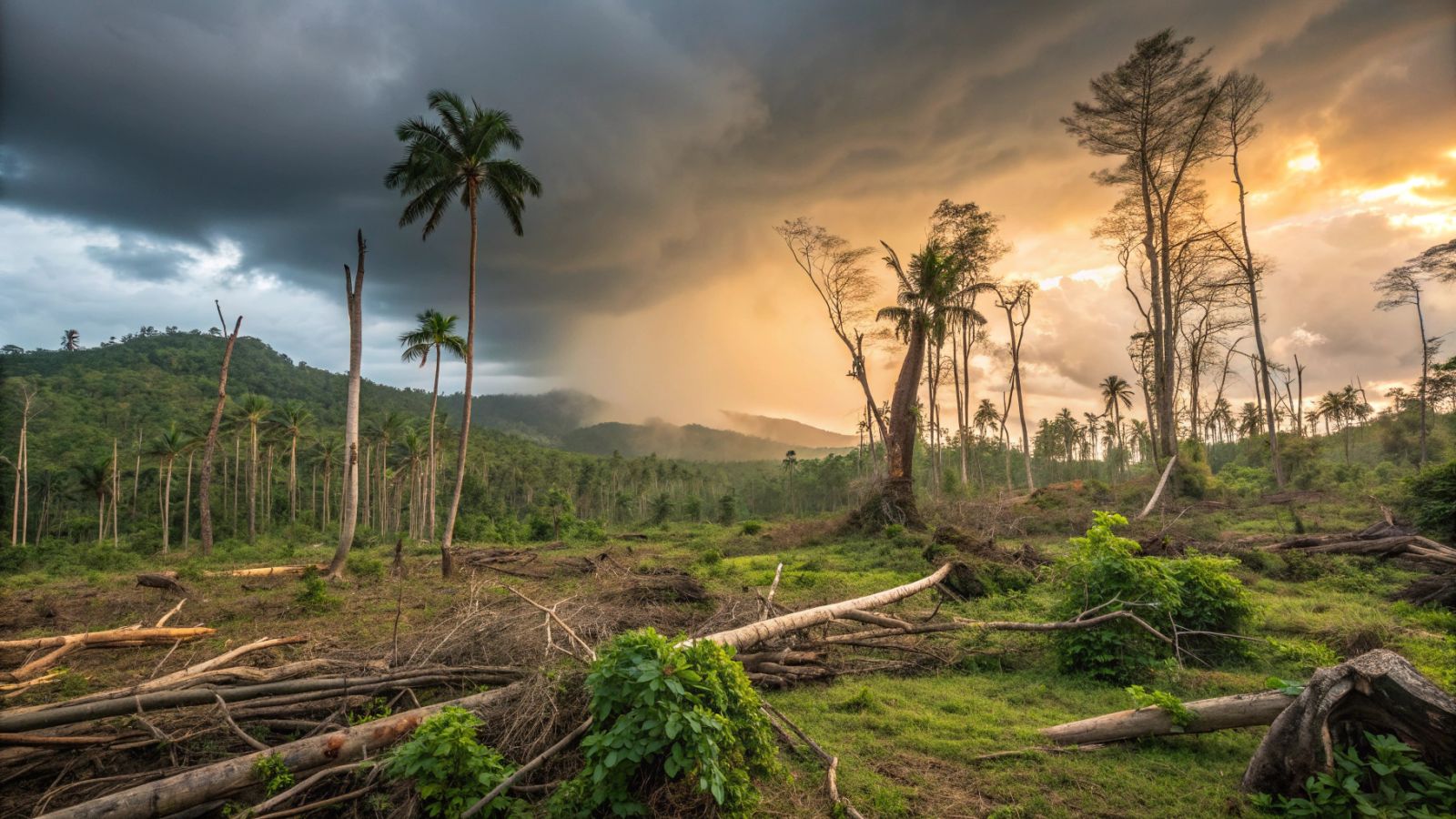Follow us on Google News (click on ☆)
The study published in Nature reveals the scale of this upheaval. Through meticulous monitoring of nearly 11,000 trees over an exceptional period of five decades, researchers have documented the gradual transition of these forests from carbon sinks to carbon sources. This role reversal occurs in ecosystems nevertheless renowned for having some of the highest biomass densities in the world. Their geographical location, in a climatic zone slightly warmer and drier than other tropical forests, makes them particularly exposed sentinels to the ongoing changes.

The mechanism of the tipping point
The increase in tree mortality is the main factor explaining this reversal. Repeated episodes of extreme heat and prolonged drought cause fatal water stress for many specimens. The vegetation, subjected to climatic conditions increasingly distant from its physiological optimum, sees its defenses weakened and its resilience compromised. Every tree that succumbs releases into the atmosphere the carbon it had patiently accumulated during decades of growth.
The impact of tropical cyclones amplifies this worrying trend. These extreme weather events, whose intensity could increase with global warming, cause immediate and lasting damage to forest stands. Researchers have quantified this effect: in the six years following a cyclone, tree mortality increases by an average of 19%. This increased vulnerability to seasonal climate disturbances further weakens the carbon balance of these ecosystems.
Contrary to hypotheses put forward by some models, scientists observed no significant acceleration in tree growth that would allow counterbalancing the increase in mortality. This absence of a CO2 fertilizing effect calls into question some projections that had banked on a persistent capacity of tropical forests to absorb excess carbon.
A global significance
The value of these observations extends far beyond the Australian context. The studied tropical forests function as a natural laboratory allowing us to anticipate the behavior of the world's major forests. Their particular sensitivity to climate variations makes them early indicators of upcoming transformations. The mechanisms identified in this study could soon manifest in larger forest ecosystems, such as the Amazon or the Congo Basin.
The implications for climate models are considerable. Most current projections include an estimate of the carbon absorption capacity of tropical forests. If this function were to diminish more rapidly than expected, the pace of global warming could accelerate beyond predictions. Taking this phenomenon of terrestrial carbon sink saturation into account therefore becomes essential for refining our climate projections.
The preservation of these unique ecosystems represents a major scientific and political challenge. The authors of the study emphasize the importance of long-term ecological data, whose scarcity contrasts with their invaluable worth. Maintaining these observation programs proves essential for tracking the evolution of these ecosystems and adapting conservation strategies in the face of changes that are as rapid as they are profound.